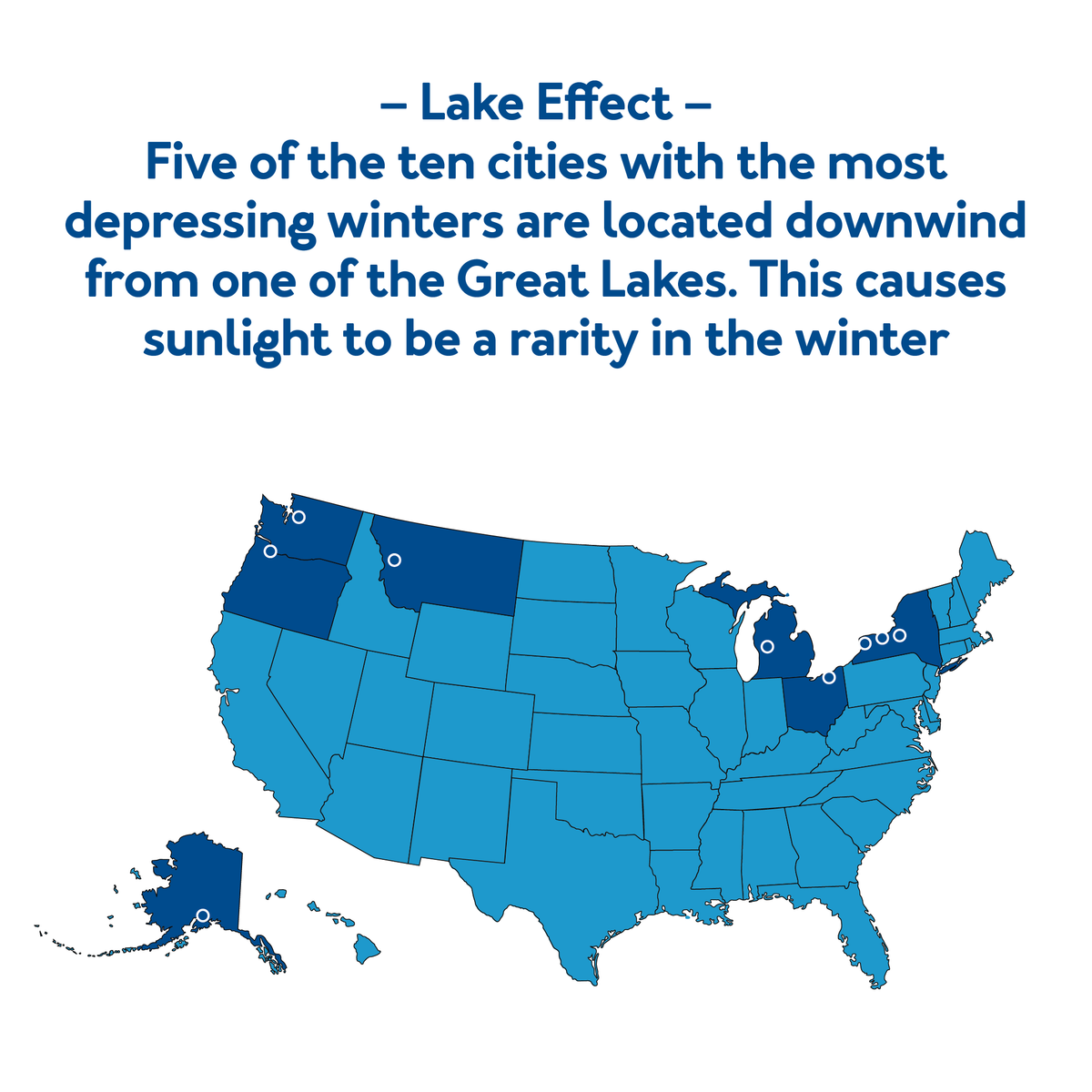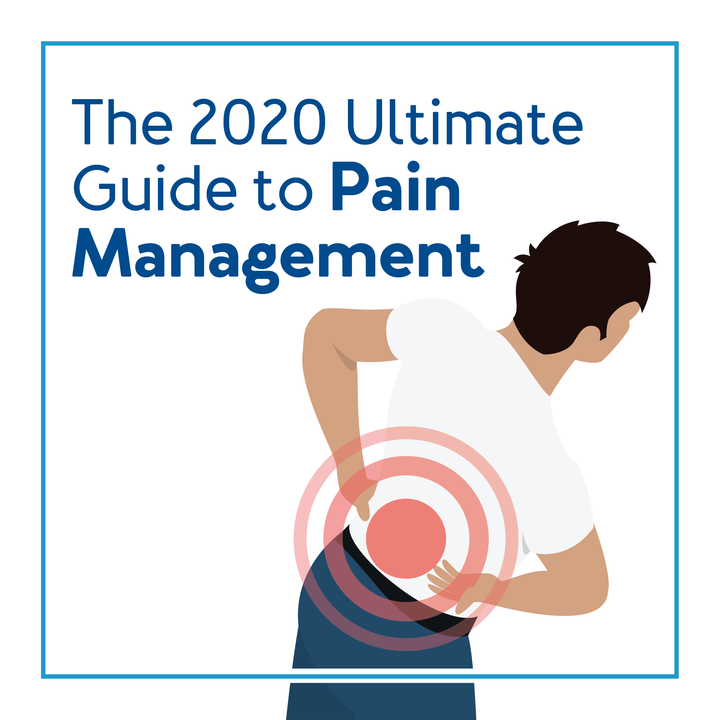
Mental Health Facts and Statistics
Our mental health is so often overlooked merely because it’s a constant facet we must always be aware of 24/7/365. After all, our minds constantly process information, develop new thoughts, and evolve based on chemical makeup and our surroundings. For this reason, having an awareness of various mental health facts, figures, and statistics can help us maintain our mental health. We’ve compiled a variety of facts to help bring awareness and understanding to different health conditions. This article breaks these pieces of information down into generalized facts and figures, seasonal affective disorder, anxiety, physical pain (its impact on mental health), and aging.

General Mental Health Statistics








Anxiety Facts







Anxiety Resources
Aging in Place Resources
About the Author

Brandon Landgraf is the Digital Marketing Manager for Carex Health Brands. He finds passion and fulfillment in creating content that enhances, improves, and enlivens others' quality of life. All of his written work is formulated to not only offer essential advice and tips but back it with proven studies and experts. His mission is to connect with readers and provide steps to make their lives better.
You can connect with him on LinkedIn here.
About Carex Health Brands
Carex is your one-stop shop for home medical equipment and for products that assist caregivers with providing the best possible support and care for their loved ones. Carex Health Brands has been the branded leader in in-home, self-care medical products for over 35 years. Our goal is to improve the lives of our customers by bring them quality products that bring dignity back to their lives. With our three nationally distributed brands, Carex Health Brands serves national, regional and independent food, drug and mass retailers along with wholesalers, distributors and medical dealers.
related posts
Rollator Buyer's Guide: How to Choose a Rollator
If you or a loved one has been having issues with mobility, you may be considering purchasing a rollator. This guide will walk you through everything you need to know, including who should use a rollator, the types of rollators, and what to look for when shopping, so that you can be sure to make the best choice.
Decoding Your Body Clock: Understanding Circadian Rhythm Disorders
Up to 3 million people have one, but what is a circadian rhythm sleep disorder? Explore the various types, causes, and more to understand better.
Pain Relief Product Quiz
Answer seven questions for a personalized recommendation based on your pain relief needs.
11 Expert-Backed Methods on How to Get Up Early
Tired of waking up groggy? If you’re searching for the best way to get up early, look no further. This definitive guide gives you 11 expert-backed methods to reset your sleep schedule and conquer the snooze button. Learn proven technical and mental tricks to get up early in the morning, from optimizing your sleep environment and establishing consistent routines to finding your ultimate motivation. Stop stressing over your alarm and start winning back your mornings with actionable tips for waking up early that actually work!













































